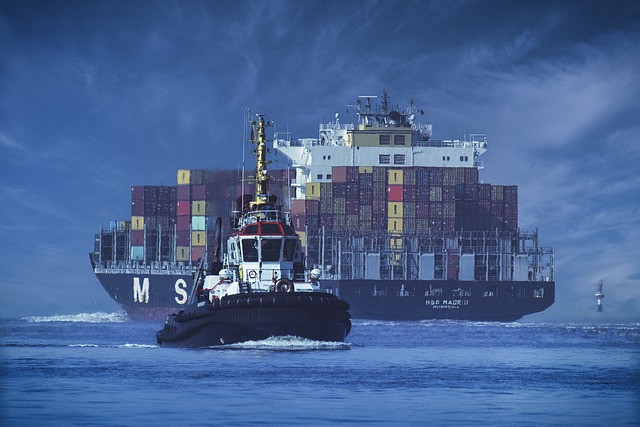Shipping multiple cars across the country offers flexible options, from open-load transport for weather-resistant vehicles to enclosed carriers for climate control. Container and stackable carriers cater to specialized needs and international transit. Costs are influenced by vehicle condition, popularity, weight, and accurate measurement. Proper assessment ensures precise quotes and avoids delays or additional fees.
Shipping a car across the country can be a complex and costly endeavor, especially when transporting multiple vehicles. This comprehensive guide breaks down the intricate world of cross-country car shipping, focusing on understanding and maximizing your budget. We explore key factors influencing shipping costs, from vehicle conditions to distance, and delve into strategies for efficiently shipping multiple cars, including coordination logistics, cost-saving tips, and packing best practices. Additionally, we offer insights into choosing the right shipping method to optimize both time and budget.
- Understanding Shipping Costs: Factors Influencing Prices
- – Types of shipping methods
- – Vehicle conditions and weight
Understanding Shipping Costs: Factors Influencing Prices

When considering shipping costs for transporting cars across the country, several factors come into play. Understanding these influences is key to managing expectations and budgeting effectively. The distance traveled is a primary determinant; longer routes generally command higher fees due to increased fuel consumption and labor requirements. Weight and size of the vehicles are also critical, as they directly affect loading and transportation expenses.
Additionally, the type of transport method chosen—trucking, rail, or even maritime—can significantly impact pricing. Trucking, for instance, offers flexibility and speed but is often costlier due to fuel costs and driver wages. Rail shipping might be more economical for longer hauls, while maritime transport is ideal for bulk shipments but involves extra handling and time. Other considerations include origin and destination locations, as remote or hard-to-reach areas may incur additional access fees.
– Types of shipping methods

When it comes to shipping multiple cars across the country, several methods are available depending on your needs and budget. The most common options include open-load and enclosed transport. Open-load shipping involves securing your vehicles on an open truck bed, suitable for those who don’t mind exposing their cars to potential weather conditions during transit. Enclosed carriers, on the other hand, offer more protection by transporting vehicles in climate-controlled containers, ideal for precious or vulnerable autos.
For specialized needs, there’s also container shipping, which involves loading cars into sea containers for transport by ship, rail, or truck. This method is great for long-distance moves and international shipping. Additionally, stackable carriers allow multiple vehicles to be stacked on top of each other, optimizing space and reducing costs, especially when transporting more than one car at once.
– Vehicle conditions and weight

When shipping multiple cars across the country, vehicle conditions and weight play a significant role in determining costs. The overall condition of your vehicles—whether they’re new, used, or classic—affects the pricing. Well-maintained and in-demand models tend to have lower shipping costs due to high resale value. Conversely, older or less popular cars might incur higher fees.
Weight is another critical factor. Heavier vehicles require more fuel and specialized equipment for transport, leading to increased shipping charges. It’s essential to accurately assess the weight of each car to get a precise quote. Overestimating or underestimating weights can result in additional fees or potential delays during transit, so ensure you have accurate data on hand when organizing cross-country transportation for your vehicles.
When considering shipping multiple cars across the country, understanding the factors that influence costs is key. From the type of shipping method chosen to the condition and weight of your vehicles, each element plays a significant role in the final price. By being aware of these variables, you can make informed decisions to ensure cost-effective cross-country transportation for your vehicles.
